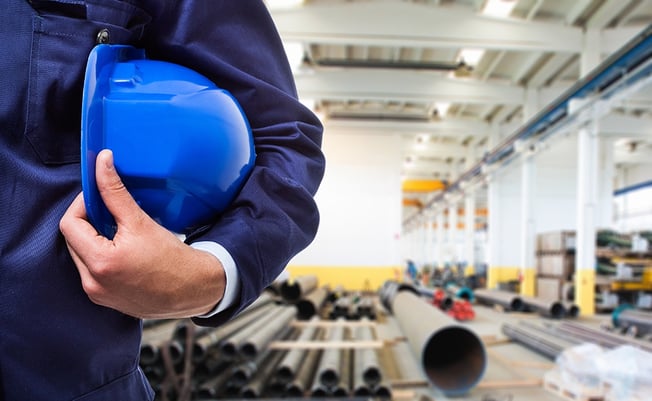
Managers should always make lone worker safety one of their key priorities when formulating and implementing health and safety policies at work. Lone workers are subject to unique vulnerabilities that are directly tied to their lone worker status. This article explains some of the main way in which lone workers can be vulnerable, and then highlights some useful technologies for optimising lone worker safety.
Case studies: Significant UK examples of lone workers made vulnerable
Sadly, there have been numerous news items in the UK recently which have illustrated just how important it is to have adequate support systems in place that address the vulnerabilities that lone workers are subject to. A lone worker is anyone who is fulfilling tasks related to their employment by themselves, and so examples of lone workers can be as wide ranging as:
- Teachers teaching alone in a classroom full of potentially violent students, or conducting a one to one meeting with potentially abusive or violent parents.
- Engineers working alone in remote locations, for example oil and gas plants or wind farms.
- Construction workers working after hours by themselves at a height.
- Social workers, housing officers and nurses performing housing visits by themselves with potentially violent people.
To illustrate the dangers of lone working, here are two recent case studies which show just how important it is to have a robust safety system in place to protect all of your lone employees.
Case study 1: Water Treatment Site
In Spring 2017, it was deemed by the courts that the Water Treatment Site had not provided adequate safety systems for lone workers. This related to a case in 2015 when a lone worker, an engineer, working for South West Water very sadly died when they fell into a water filtration tank. The accident was not discovered until over 90 minutes later when it was noticed that the engineer had not responded to a call. This is despite the fact that the lone worker in question had actually activated their lone worker safety alarm. No action was taken on the alarm itself: a significant failure in the implementation of this system. As this news article explains, it was found that they had not provided adequate safety systems for that lone worker and they were as a result fined £1.8 million. In this case, if an alarm or real-time monitoring system had not only been in place but had been actually monitored in real time, managers could have been alerted to the accident instantly.
Case study 2: Social housing accident not discovered for a day
Another case that occurred in the past couple of years was that of a heating engineer in the UK who had gone out to a social housing unit alone in order to fix a communal boiler that was leaking. This worker unfortunately fell from a height and died. However, his death was not discovered until the next day. If he had been provided with medical assistance for his significant head injuries immediately, it is possible that he would have survived. As a result, the social housing provider that he was working for was fined £112,000.
From these case studies, we can see that lone workers are subject to the following key vulnerabilities:
- Difficulties in getting advice in real time in the event of a hazard or other difficulty arising for them
- Problems with getting medical assistance for themselves if they suffer an accident
- Problems with alerting managers and other employees to accidents and other incidents
If not addressed properly, these vulnerabilities can be fatal.
How technology can address the vulnerabilities that lone workers are exposed to.
A remote monitoring, communication, and alert system is a great way to significantly reduce the vulnerabilities that lone workers are exposed to. Such systems are able, for example, to
- Keep lone workers' morale up as they can communicate remotely with other employees at any time
- Keep lone workers apprised of any developments (for instance, changes in weather conditions) which could affect their safety.
- Enable lone workers to alert their managers to incidents that have occurred manually
- Automatically alert managers and colleagues to an incident that has occurred in the event they are rendered unconscious (for example, a sensor can be used to detect when a worker has fallen)
- Enable manual or automatic communication between lone workers and colleagues so emergency services can be contacted if required.
Keen to learn more? Check out our superb lone worker safety technologies.
Managers in the manufacturing industry and beyond can benefit greatly from our lone worker alarm systems - many of which can be tailored to suit your needs.





